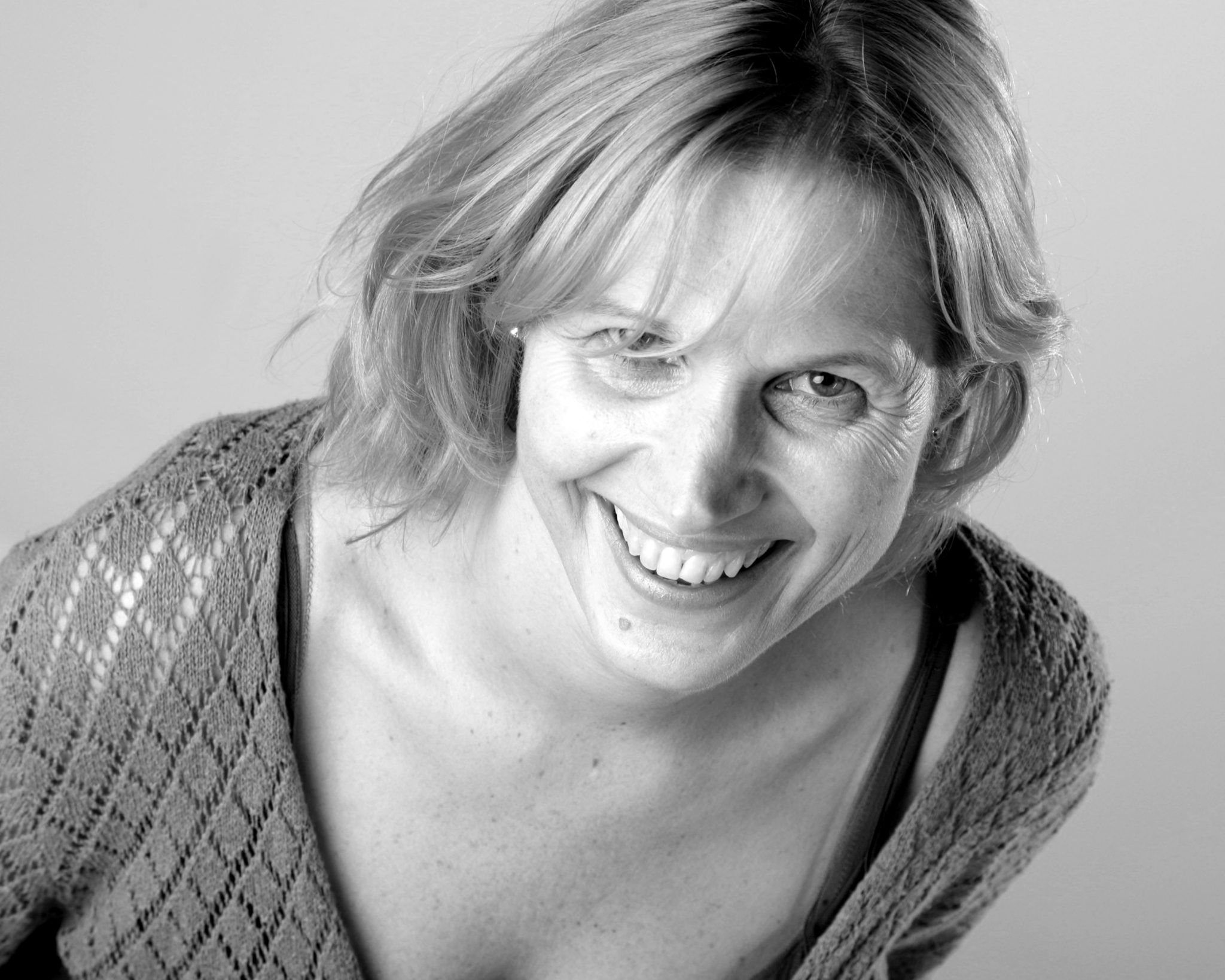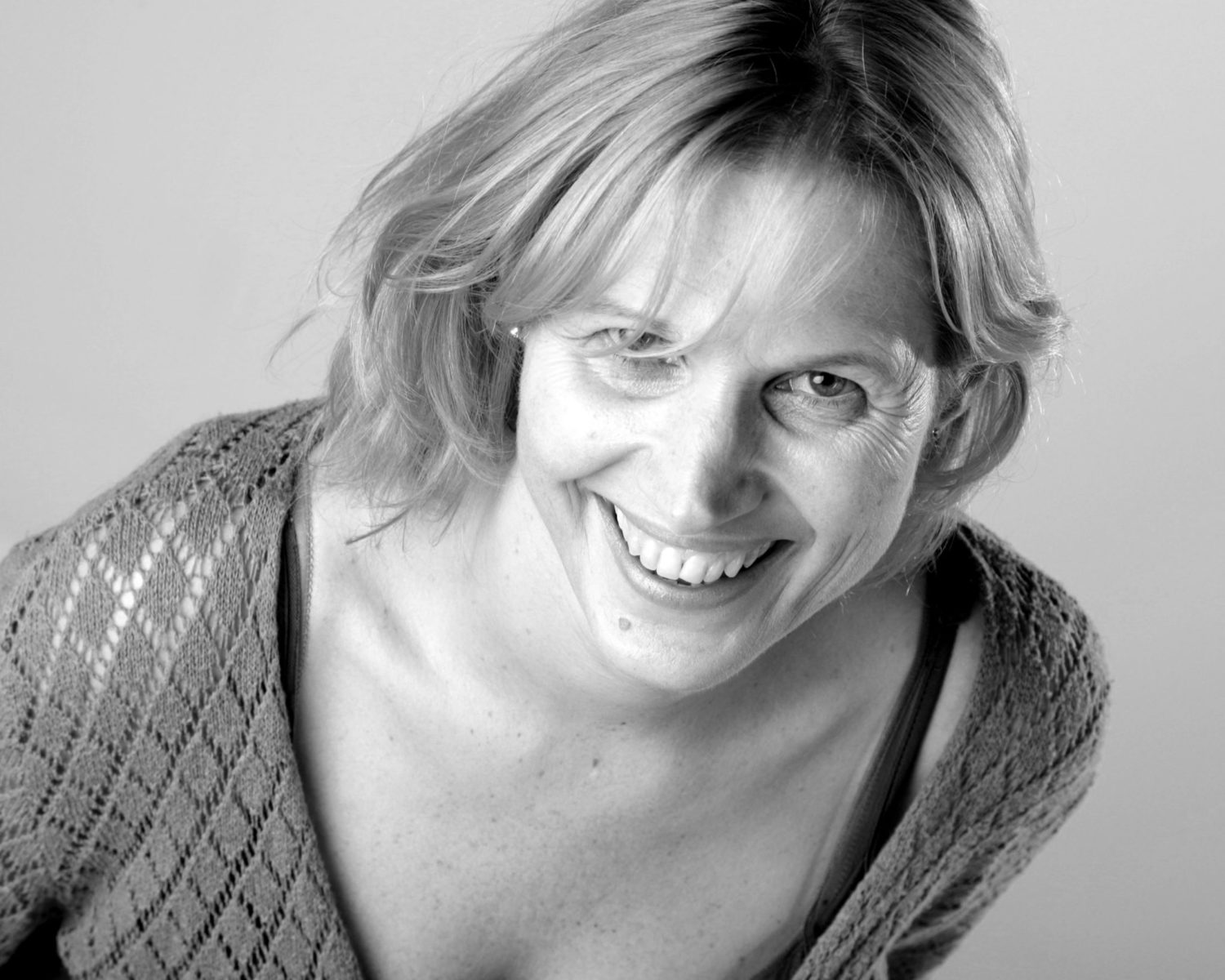Body language is something we all use. We constantly respond to the signals we send to each other, only we do so largely unconsciously. 'A missed opportunity,' says Isabelle van de Nadort (45), who specializes in nonverbal communication. 'By learning to perceive, you can better move with others in business, social and personal interactions.'
She herself became adept at observing people and their mannerisms at an early age. Thanks in part to her father, who pointed out the existence of body language to Isabelle during her school years. As a dyslexic, I had difficulty with written language and listening was already important to me. As soon as I realized how people also use their bodies to tell something, I started to look more consciously. Because my father, through his work, regularly introduced me to people from various cultures, I was able to observe their interactions. Thus I gradually - curious and eager to learn as I was - picked up the non-verbal language'.
People "read
'For me, this form of communication became something natural. 'Reading' people came in handy in all situations and it was part of how I functioned. In fact, I thought everyone applied it. It wasn't until I was in my thirties that I discovered that I could be meaningful to others with my skills of body language. I had a coaching agency - based on my studies in work and organizational psychology - and when I stopped doing that because of my chronic illness, all my clients reported back that they were so happy that I had made them aware of the effect of body language. Then I suddenly knew: this is it!
Since that eureka moment, Isabelle has been thoroughly immersing herself in nonverbal communication to inform her practical experience. She reads, researches, wonders and, with her company NONverbaaltje, makes the translation to a wide audience. 'On my website I post video clips in which - often well-known - people show interesting body language. Through an animation and short text I tell something about it; very playful and light-hearted, without being pedantic. By drawing attention to non-verbal communication in an inspiring way, I hope to teach people to perceive better and to make them more aware of their own body language.
Non-verbal practice
With tricks, she has little. You can try to manipulate, but if you look closely you will always see subtle signals that reveal the real feelings and ways of thinking,' Isabelle says. 'You can, however, practice with the effect of a different attitude, for example, until it becomes your own.
For example, there was a director who regularly received feedback about his closeness. When he started "playing" more with open palms during conversations, his whole attitude changed. As a result, his interlocutors reacted differently and more openness arose naturally. It's all about the interaction between people.

The inspired entrepreneur from Reduzum, Friesland, shares her passion for non-verbal communication during master classes throughout the Netherlands. She also provides customized corporate training and workshops. 'Experiencing is central to my approach, because you don't need to know everything about body language with your head. Doing, watching and experiencing works better. With some humor and especially without judgments. It's not about right or wrong, but about authenticity. You are who you are. To discover more about yourself and others, you can learn a lot by observing. Take a look at someone's feet during a standing conversation. If they are pointing toward a door or away from you, then that person's energy is already there when you leave. Read: time to finish.'
The good days
Through all the nuances of body language, Isabelle herself is still learning every day. 'It continues to fascinate me, because nonverbal communication has such a huge impact on our daily lives and work. Yet it's not an open book for most people, which is why I like to teach others to move better with this language. Preferably in groups, because then you immediately have practice material. Moreover, that form makes it possible for me to function in balance. I stopped my coaching practice earlier because of chronic rheumatism. One-on-one coaching is only profitable if you can work solid work weeks, and unfortunately I no longer have that energy. Fortunately, there are still many good days and I use them for my master classes, trainings, video blog and - recently - writing e-books.'
It is hard to tell from her bubbly appearance that Isabelle sometimes has to come a long way in terms of health and energy. 'The success of NONverbaaltje came about despite, but at the same time thanks to my illness. After the diagnosis, I was completely rejected. My whole life tilted. I learned to accept the disease, but the fact that I was in the WIA was not something I could accept. Indeed, there are days when I can barely function, but there is nothing wrong with my brain. If I take enough rest, I can peak when I need to. Entrepreneurship gives me that space, so that through NONverbaaltje I can share my passion for the profession professionally. Because understanding each other better, that's what I like to contribute to.'
MORE WITH BODY LANGUAGE
In business, nonverbal communication plays an essential role. We give presentations, make sales calls, conduct negotiations, have meetings ... in all these interactions, "reading" our interlocutors can help us interact more smoothly. We also exert influence with our own posture and facial expressions. Curious? Visit www.nonverbaaltje.nl and attend a master class or book Isabelle van de Nadort for a customized training.
*Drives are the real engine behind growth and development, but to what extent are companies in the Northern Netherlands consciously working on this? And how do they approach it? NOM is curious and, for this column, interviews organizations that are actively exploring their motivations.
